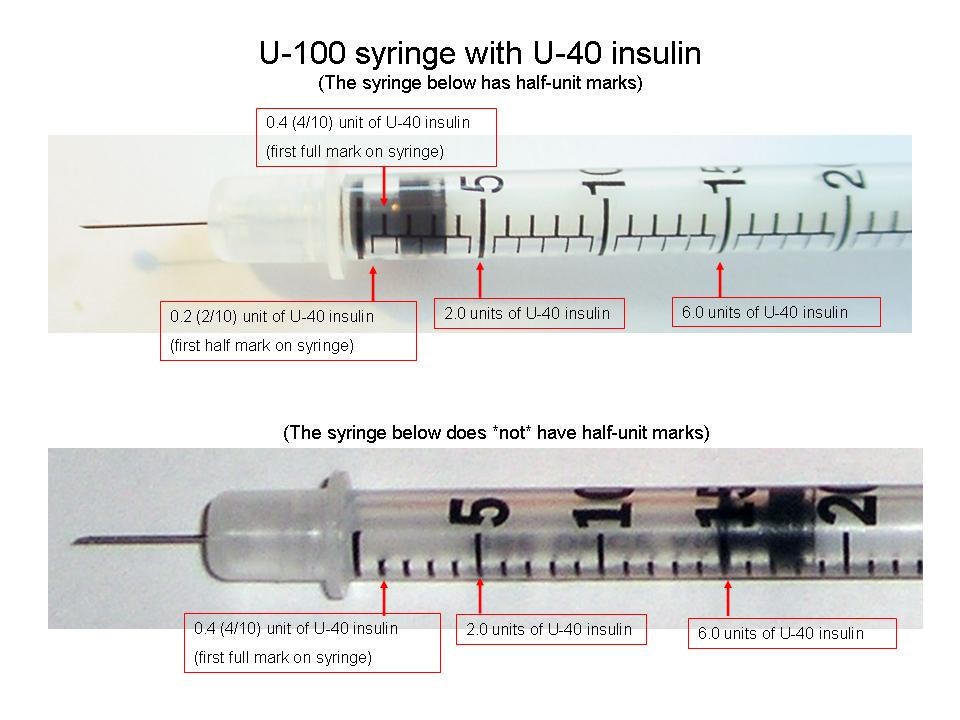
Contents
- 1 How Many Units of Insulin Do I Need for 400 Blood Sugar?
- 1.0.1 How are insulin doses calculated?
- 1.0.2 What is diabetes?
- 1.0.3 What is the role of insulin in the body?
- 1.0.4 How is insulin therapy used to treat diabetes?
- 1.0.5 How is insulin therapy given?
- 1.0.6 How are insulin doses scheduled?
- 1.0.7 What is sliding scale insulin therapy?
- 1.0.8 What to keep in mind when taking insulin
- 1.0.9 Subscribe to MedicineNet’s Diabetes Newsletter
How Many Units of Insulin Do I Need for 400 Blood Sugar?
In a healthy individual, one unit of insulin should cause blood sugar to drop 30-50 mg/dL. However, the number of units needed for people with diabetes depends on factors such as:
- Type of insulin
- Site of injection (abdomen has better absorption than arms or thighs)
- Insulin resistance
- Body weight
- Use of oral diabetes medications
- Comorbid conditions like kidney failure, untreated hypothyroidism, or sepsis that temporarily increase insulin resistance
- Time since last carb-rich meal
To reduce 400 mg/dL blood sugar to about 100 mg/dL, you would need at least 10 units of insulin. However, a higher dose of insulin is almost always required depending on weight and other factors.
How are insulin doses calculated?
Insulin may not be given in a single dose. Doctors calculate doses based on:
- Basal glucose levels
- Fasting glucose levels
- Postprandial glucose levels (after eating)
- Carbohydrate consumption
A general calculation for daily insulin requirement is:
Total daily insulin requirement (units) = weight in pounds ÷ 4
Or, if weight is measured in kilograms:
Total daily insulin requirement (units) = 0.55 × total weight in kilograms
Out of the total dose requirement, 30%-40% should be given as a basal dose when fasting or between meals, while 60%-70% is for carbohydrate coverage and high blood sugar correction (bolus insulin replacement).
Consult your doctor to determine the correct insulin prescription and dosage based on different types of insulin and blood sugar levels.
What is diabetes?
Diabetes occurs when the body cannot produce or use enough insulin for normal body functions. There are two types of diabetes:
- Type I diabetes: Autoimmune disease that damages insulin-producing cells in the pancreas. Generally diagnosed in young people.
- Type II diabetes: Caused by insulin resistance. Symptoms can be observed in people of any age.
QUESTION
What is the role of insulin in the body?
Insulin is a hormone secreted by the pancreas that regulates glucose in the bloodstream.
After eating, carbohydrates break down into glucose, the primary source of energy. Glucose enters the bloodstream and stimulates the pancreas to make insulin, allowing glucose to enter cells for energy production. Excess glucose is stored in the liver as glycogen.
When glucose levels decrease between meals, stored glycogen is released back into the bloodstream to maintain optimum glucose levels.
Insulin regulates glucose levels by signaling excess glucose to be stored in the liver or producing required glucose when levels drop.
How is insulin therapy used to treat diabetes?
People with type I diabetes require insulin therapy because their body does not produce insulin. People with type II diabetes require insulin therapy because their inherent insulin is less effective due to insulin resistance.
Insulin is categorized based on speed and duration of effects:
- Rapid-acting: Effects within minutes, lasts a couple of hours. Examples: lispro and aspart
- Regular or short-acting: Effects within 30 minutes, lasts 3-6 hours. Examples: Novolin and Velosulin
- Intermediate-acting: Takes 2-4 hours to work, lasts up to 18 hours. Example: Neutral Protamine Hagedorn
- Long-acting or basal: Works for 24 hours. Examples: degludec, detemir, and lantus
- Pre-mixed: Examples: Novolog and Humalog mix
Your doctor determines the correct type of insulin considering factors like age, lifestyle, response to insulin, and ability to monitor blood sugar throughout the day.
How is insulin therapy given?
Insulin can be injected into the bloodstream using a needle and syringe, cartridge system, or prefilled pen systems. Quick-acting insulin devices and insulin pumps are also available.
Insulin is absorbed best when injected subcutaneously in the abdomen, followed by buttocks, thighs, and arms.
How are insulin doses scheduled?
Follow your doctor’s guidance for scheduling insulin doses. Multiple types of insulin may be recommended based on disease progression.
Terms associated with insulin therapy:
- Onset: Period when insulin reaches bloodstream and begins to act
- Peak: Period when insulin works best
- Duration: Length of time insulin continues to work
Doses are scheduled according to onset, peak, and duration of the specific type of insulin used.
- Rapid-acting insulin: Taken 15 minutes before mealtime
- Short-acting insulin: Taken 30-60 minutes before a meal
- Intermediate-acting insulin: Taken 1 hour before mealtime
- Pre-mixed insulin: Depends on the product; taken 10-45 minutes before mealtime
- Basal insulin: Taken at night before sleep
Long-acting insulin is taken 1-2 times a day on a flexible schedule. In some cases, it may be combined with shorter-acting insulin or medication.
What is sliding scale insulin therapy?
One controversial therapy for treating diabetes is sliding scale insulin therapy. Blood sugar is measured, and the dose of insulin is administered according to the sugar level.
However, this method is ineffective in accurately regulating blood sugar levels and is prohibited in healthcare facilities.
What to keep in mind when taking insulin
- Store insulin in a cool, dry area at a temperature not exceeding 80 F for 30 days.
- Avoid direct sunlight.
- When drawing insulin, ensure the bottle is free of clumps and avoid shaking to prevent air bubbles.
- Maintain a balanced diet and regular exercise to manage blood glucose levels.
Subscribe to MedicineNet’s Diabetes Newsletter
By clicking "Submit," I agree to the MedicineNet Terms and Conditions and Privacy Policy. I also agree to receive emails from MedicineNet and understand that I may opt out of MedicineNet subscriptions at any time.
By clicking "Submit," I agree to the MedicineNet Terms and Conditions and Privacy Policy. I also agree to receive emails from MedicineNet and understand that I may opt out of MedicineNet subscriptions at any time.


